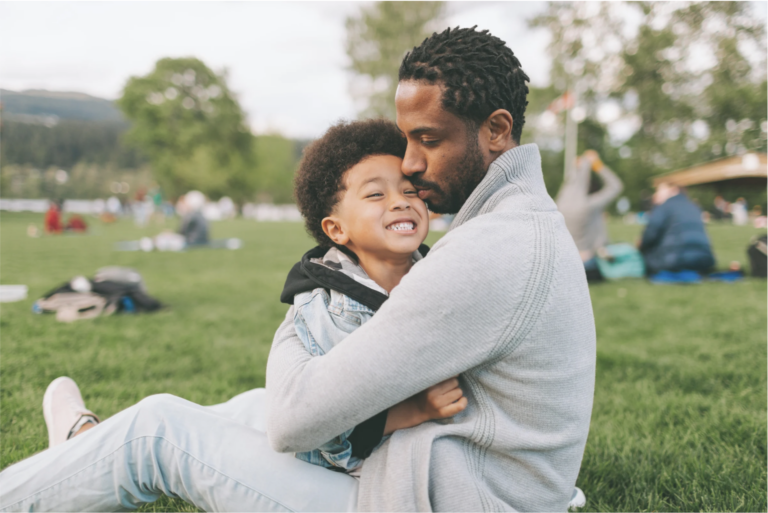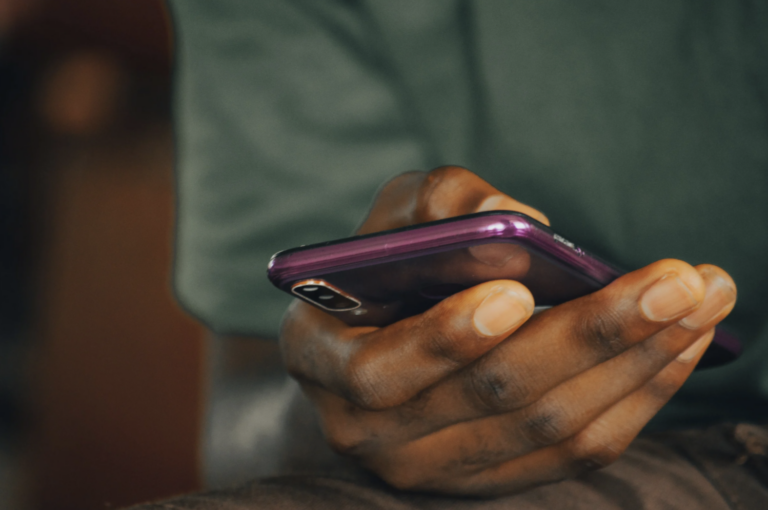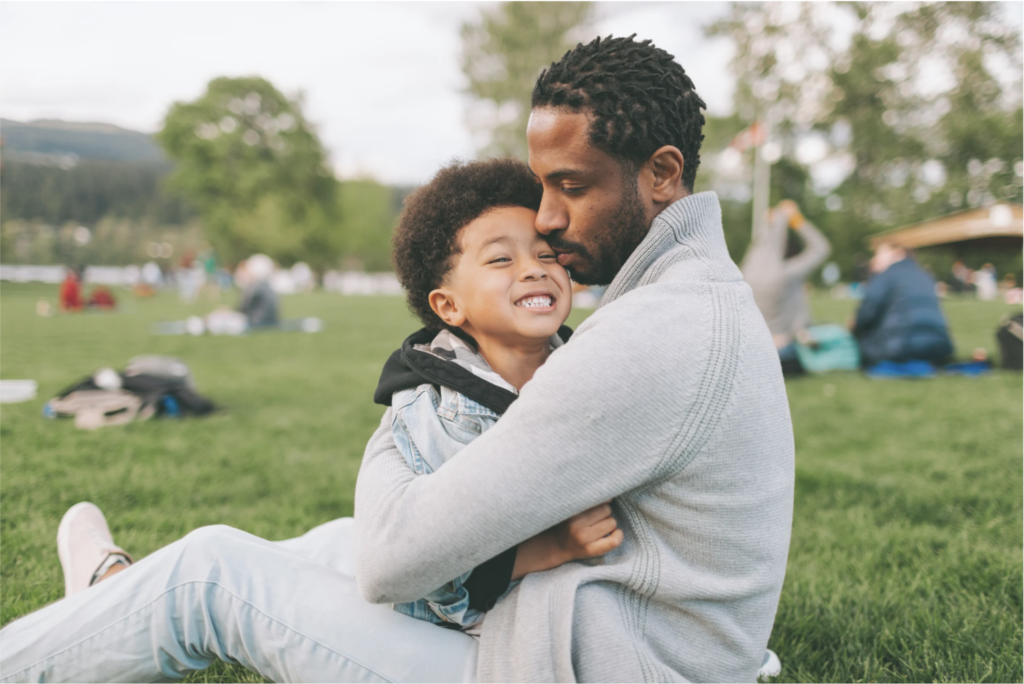"it is time to talk about racism in Iceland"
A FATHER’S COMMENTARY ON RACIAL PROFILING IN ICELAND
The following is a translation of the article “Það er kominn tími til að tala um kynþáttafordóma á Íslandi!”, originally published by news outlet Kjarnan.
Please note: Photos have been added for visual aid, and are not photographs of any parties involved.

There has been a long-standing relationship of trust between the police and the people of Iceland, which is reflected in the public’s participation when the police turn to them for help, among other things. I am thankful to live in a society where such trust prevails. But now, a doubt has been cast, and I want us to take the opportunity to do better and prevent a group of Icelanders from growing up without trust in the police.A couple of weeks back, the police were looking for a 20-year-old Icelandic man who they had labelled as very dangerous in publications with his image and a call for tips from the public.
The next two days were to be fateful for a young Icelandic boy. This young boy is four to five years younger than the fugitive in question, and not nearly as tall, but with similar skin colour and hair, and no other visible similarities between them.
On April 20, the day after the prisoner escaped from police custody, the young boy and his friends were travelling on a city bus just as they would on any other day. Suddenly, flashing blue lights appeared and at least three police cars surrounded the bus. Several SWAT team officers (armed special forces) ran into the bus with weapons in the air. The boy immediately knew what was going to happen when he saw the blue lights flashing, meanwhile, the other passengers sat worry-free.

Let's just stop here for a moment. This boy is 16 years old and has done nothing wrong. He is with friends on the bus. The only similarities between him and the fugitive are skin colour and hairstyle. Let's place ourselves in his shoes; let's put ourselves in his parents' shoes.
How would we feel if the police were in front of our child with a weapon in the air? How would we feel if the only apparent explanation for the ambush was that he was blond with blue eyes? What would have happened if the young boy became frightened and reacted irrationally and tried to run? What would the police do with weapons in the air at that moment? What would the police do if the boy put a hand in his pocket to pick up his phone to call his mom and dad?
This young boy was put in a very dangerous and utterly unthinkable situation. If we ignore the fact that the boy was targeted solely because of skin colour, let us then ask ourselves, on what grounds did the police operation storm onto a bus full of passengers with weapons in the air? What would the police do if the "very dangerous" fugitive was on the bus? What would the police do, surrounded by innocent passengers if the detainee had tried to flee or fight back? Remember, the police have weapons inside the bus, in a cramped space surrounded by civilians! Eventually, though, the boy did return home and was embraced by the family who loves him.
But the young boy’s trials did not end there. He did not trust himself to go to work the next day and was given the day off. His mother invited him to a bakery together to relax and enjoy quality time. That moment was going to prove difficult for them. They were barely seated when police officers suddenly appeared, running into the bakery. The police, despite obvious and shameful mistakes the day before, were back to arrest the detainee, who was never present. Instead, they found a 16-year-old boy who was going to enjoy breakfast with his mother. The police did not have weapons in the air this time; perhaps we should be thankful for that.
Everyone can make mistakes, and I understand that the average citizen thinks they are doing something useful by following police instructions. I am aware that there is prejudice in society. I am aware that the average citizen can go astray. It is known that people may have difficulty distinguishing between individuals when it comes to people with other origins and another skin colour. However, I have no understanding and no sympathy for the working methods used by the police in the above scenarios. It is utterly unforgivable to react in the way the police did in the first situation. The police entered a bus with weapons in the air to harass a young Icelandic boy without, apparently, making any analysis of the information behind the call.
What should the police have looked at? How should the police have reacted?

Let’s review the case. The fugitive is a 20-year-old man, conspicuously tall (192 cm according to the police advertisement). Portraits of him are distributed with a statement that he is dangerous. The boy on the bus is 16 years old and travelling with his friends. The only similarities between him and the fugitive are skin colour and locks – there are no other similarities! Unfortunately, we have to accept that those probabilities are sadly enough for some “vigilant” citizens to call in. My question is to the police. Was it considered probable that a fugitive with such prominent features as the one in question would take a bus ride between parts of the city? In my opinion, this is already a reason to have misgivings about the alert. Did the police think it was likely that the 20-year-old prisoner was travelling with a group of 16-year-old children? Was the boy on the bus conspicuously tall? Note that the man described is 192 cm tall, visibly taller than others or at least well above average height. Did the police look into these matters before armed officers were sent onto the bus to harass a young Icelandic boy, thereby creating unnecessarily dangerous conditions inside an enclosed space full of passengers?
But shouldn’t the police have responded to the tip and gone on the bus? Yes, the police were supposed to respond. But, in my opinion, after taking into account the above, the police should have applied the principle of proportionality. If the police had carried out a minimal analysis of the information at hand, they would have known that there was a negligible chance that the detainee would be found in that situation. The police certainly had to follow the lead to confirm the obvious, that this was not the fugitive. This could have been done with a less severe action, an action that would not result in harassing a young innocent boy, causing him fear, and yet another confirmation that he is not an “ordinary” Icelander. This could have been done with an action that was not conducive to creating unnecessary danger in an enclosed public space.
Until other evidence is revealed, I think the police simply heard that there was a brown boy with dreadlocks, and the weapons went up in the air. That is the problem. I demand more of the police than of the citizen who called in the tip. I expect the police to have been educated about racism and the racial profiling known to police people of colour around the world. I expect the police to do better.
But the police did not do better. The police went to the bakery. Again, the police were following a tip from a “good citizen.” The person who reported the boy this time was watching the boy and his mother get out of their car and enter the bakery. He saw that the mother noticed him as she tried to gesture to him that this boy was not the criminal. As all of this was happening, the police showed up and had the bakery locked. Instead of admitting wrongdoing when they realized their obvious mistake, the police asked for the ID numbers of the mother and child.

This, as in the first case, comes from a lack of analysis of the information surrounding the tip. The man who called was sitting in his car watching the mother and son. He saw the car they came in; he saw them walk into the bakery, all while he was talking on the phone. How could the police have responded to the call? What questions could have been asked? The police could have asked who he was with. The police could have asked themselves, “Is the fugitive likely to sneak into the next bakery with his mom?” The police could have asked the caller if the boy was noticeably tall. The police could have asked about the car’s license plate that the mother and son came in (and then they would have likely found that this was the mother of the boy they had harassed the day before).
But shouldn’t the police have responded to the tip and gone into the bakery? Yes, the police were supposed to respond. The police were supposed to ask the above questions. After receiving answers to these questions and in light of the obvious fact that the detainee would not go there, the police should have sent in a plainclothes officer to confirm that the tip was wrong instead of unlawfully harassing a young boy who was trying to recover from an unlawfully armed police ambush the day before by going out to breakfast with his mother.
I want the police to publish transcripts of the calls when these tips came in, leading to the events in question. I want to see in black and white what it takes for a special police unit to be sent armed onto a bus to harass and intimidate a 16-year-old child.

I’m scared. I’m scared on behalf of my children. I’m scared on behalf of their cousins. I am scared on behalf of all children who have a different skin colour than we who trace our ancestry to the Vikings. I have a beautiful young boy with brown skin and dreadlocks. Like other children with dark skin, I know that my children will face prejudice in society. It is our struggle and theirs to change that and that struggle is debilitating. However, I will never accept that children have to grow up to be afraid of the police (as many do today).
I want to live in a community where my son can sit unafraid on the bus with his peers and not be harassed because he is brown. True story.
I want to live in a community where my son can go to the bakery with his mother without fear and microaggressions, even though he is brown. True story.
I want to live in a community where my son can stand at a bus stop with his girlfriend without the police stopping, taking his girlfriend aside and asking her if this “man” is threatening her. Because he’s brown. True story.
I want to live in a community where my boy can walk the streets with his friend without police officers flying out of a nearby car and handcuffing him. Because he’s brown. True story.
I want to live in a community where my son can play with a toy gun without a special police unit showing up with weapons in the air and handcuffing him. Because he’s brown. True story.
I could go on and on. Stories of the Icelandic police’s harassment of dark-skinned people are many and varied, and it is time for us to believe these stories. It’s time for an investigation into the work of the police, a real investigation. I do not trust the police to handle this themselves. I do not trust the Minister of Justice and his assistants, given his recent statements. I want an investigative committee with extensive powers to review the work of the police regarding underlying racism. I want statistical analysis. I want improvement plans. I want this to be dealt with immediately before irreversible mistakes are made.
Racism is a societal problem that affects us all. We have to ask ourselves whether we want to live in a society that is in denial about the problem. Or, do we want to live in a society that acknowledges the problem and strives to do better? I do not believe that such prejudices are more prevalent within the police than elsewhere. On the other hand, I demand more from the police than from the average citizen. I expect the police to acknowledge and be aware of the prejudices that thrive in society and take this into account when processing information from the public. The police are empowered and have the “exclusive right” to use force. Therefore, prejudice is more dangerous when it thrives within the ranks of the police.
